Сreating of a brand platform will help you set yourself apart from the competition and determine the brand DNA — it is structured information about the mission and values that a company communicates through marketing and public image tools such as social media. A brand platform can be set up as a presentation or a private internet portal. It will help the whole team working on the project understand what the brand is all about.
At its core, when it comes to aims, brand positioning is not much different from a personal brand w. The term “personal branding” was introduced by the writer T. Peters in his article “The Brand Called You” at the end of the 1990s. Back then, he specified a vital task for a personal brand — to help the target audience choose a particular person.
The situation is similar to the brands’ presence on social media. The brand is expected to have a particular set of characteristics for customers to justify their choice. For users, it is easier to relate to a specific value and make a purchasing decision based on it.
Brand positioning on social media goes hand in hand with developing the mission and values of the company. Proceeding from this, an SMM manager of the company will be able to draw up a clear and coherent strategy for operating on social media. We are going to discuss this topic in our article.
What is a brand pyramid for?
Brand’s DNA and positioning are built on the company mission and values that resonate with the chosen target audience. For visual clarity, we will use a brand pyramid — it is a way to present the positioning concept.
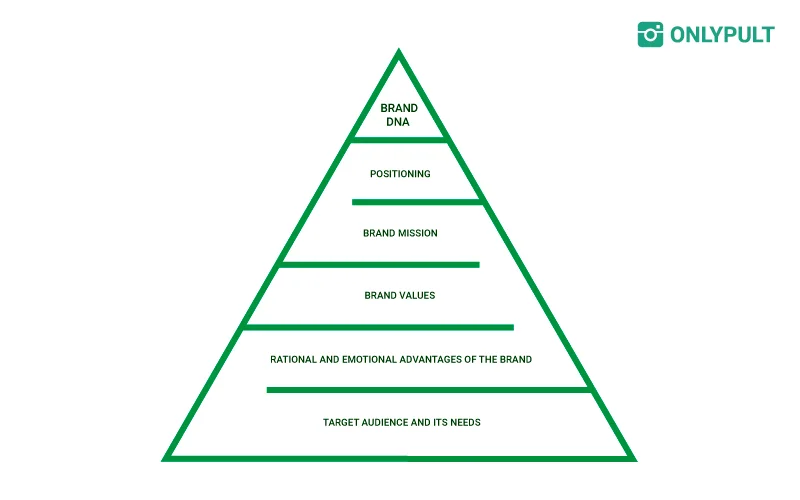
Target audiences and their needs. A target audience is a group of people that have similar features — buyers, followers, students. For social media, it is everyone who is going to read the text and view the content.
Example. The product is a community for entrepreneurs. Here is a description of one of the TA: a man of 30-35. He lives in a city with a million-plus population. He wants to set up a start-up, or he runs one. His income is above average. He is constantly developing as a professional. He works in advertising, product management, or as a designer. He wants to carry on developing his project.
Rational/emotional advantages of a brand. Users may not realize their needs. Sometimes a consumer is looking for support but understands that a particular product can solve their issue. A covert need to belong to a community is on a higher emotional level.
Example. People who want to be a part of an entrepreneurial community clearly realize their need to be knowledgeable in the business. In this case, a covert necessity is to keep the conversation going on any topic, meet new people, and get motivation.
Rational advantages for this target audience will be particular skills people can get by joining a community. Among the emotional advantages is the ability to meet specific speakers.
Brand values. In the classic sense, they are positive characteristics that set the company apart from the competition. You can carry out a SWOT analysis to determine the values. Make a table where you put down the strength and weaknesses of your immediate and indirect competitors and the ways your brand can outplay them.
Example. When carrying out the analysis, you can come across some unobvious advantages of your brand. Say, your competitors follow a strict schedule of meetings. In this case, you can offer additional master classes devoted to specialized topics that can be interesting for the members.
Developing a mission. To develop a brand positioning on social media you need to answer a question: “Why do I want to read posts/ watch stories and buy from you?”. The answer to this question should be clear to the target audience: the more usable and applicable to the needs of a particular user your mission is, the better.
Example. If there is a new bakery or a coffee shop near your house, a novelty factor will work on you. People will come out of curiosity as they will want to experience it themselves. But after their first visit people will face a question: “Will I come to this bakery ever again?”. If the customer shares eco-active values, the coffee was in a reusable cup, there was a pleasant discount, and a barrister helped choose the sort of coffee – the customer is most likely to come back.
5 positioning options for a brand
Brand positioning is affected by the factors we mentioned in the previous chapter and by the traits of the market. We are going to review 5 positioning options with examples and specify how to implement them.
Brand community
A community increases customers’ loyalty to the company. Customers find themselves in an environment of like-minded people and can easily make friends. A brand integrates into people’s life. According to Sensei Marketing Inc., a marketing agency, 88% of companies in the Fortune 500 list (a rating of companies’ revenue) learned more about their audiences from communities.
It is not a novel idea. It was back in 1983 when Harley-Davidson organized an official community of owners of their motorcycles. The community is still developing.
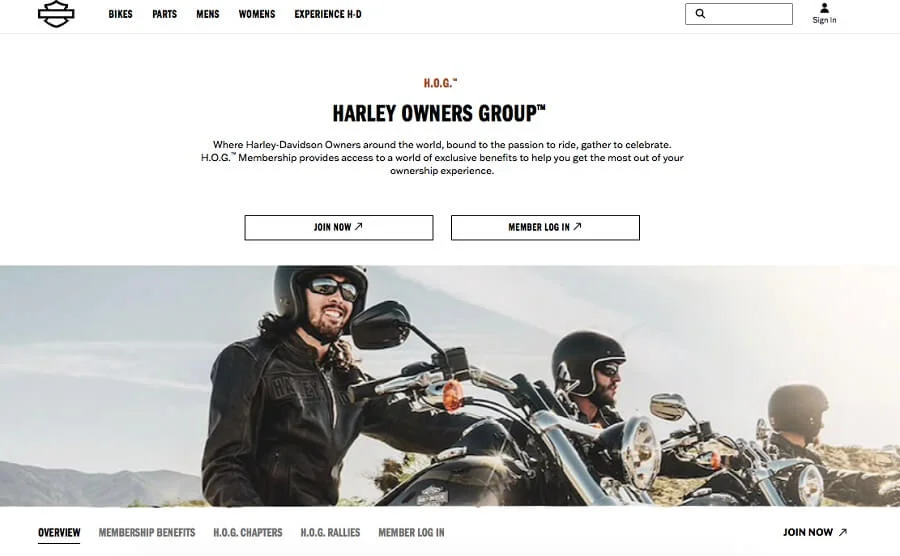
Another example is a forum community by Spotify, where users discuss recent releases of podcasts and their favourite artists with like-minded people and bring up topics relevant to the Spotify platform.
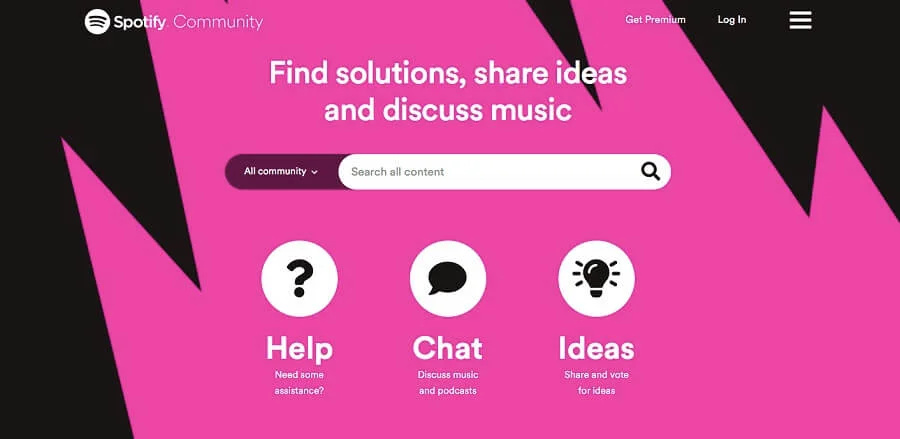
Nike facilitates a healthy lifestyle and offers free training sessions online. You need to download the Nike Training Club app and choose a session that you like.
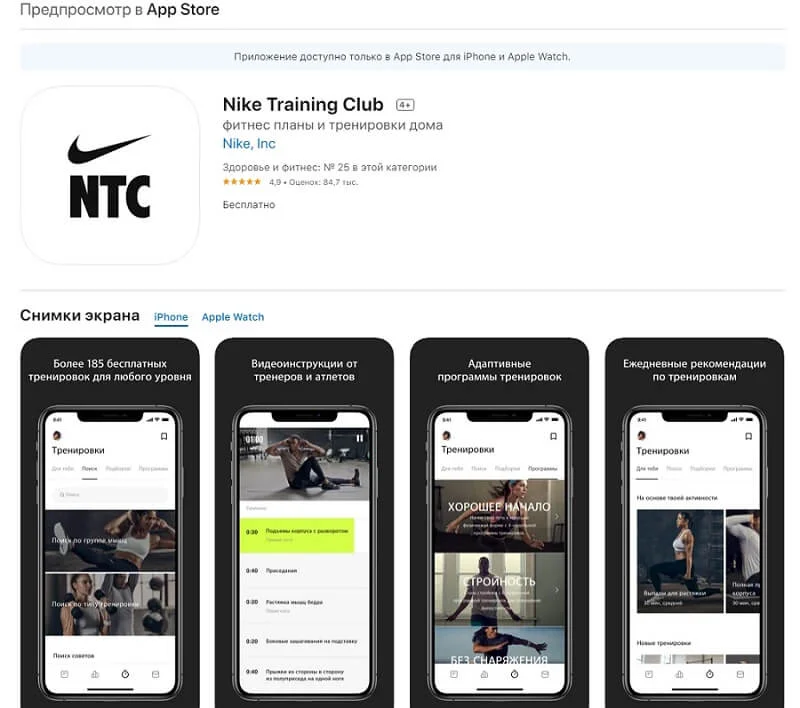
Counterplay competitors
This model takes competitors’ strengths and weaknesses into consideration that are used to build brand positioning. It can work if there are already strong players on the market.
A good example is McDonald’s and Burger King. The latter uses quite aggressive advertising against McDonald’s. One of USPs: “Taste the flavor, not the after-taste” or a famous build board with the writing “Big Mac? Hmmm, seems more like a medium mac”.
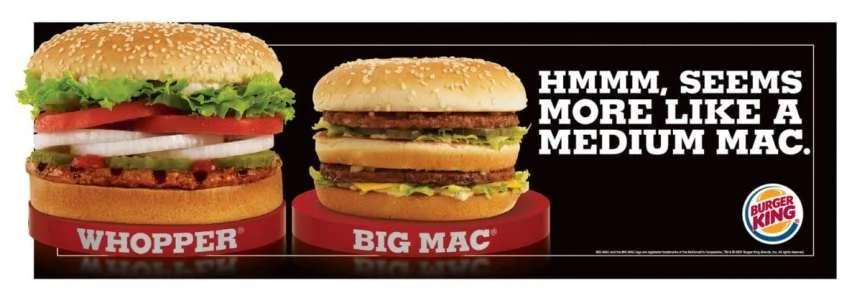
Price positioning
A message that a brand delivers to its users: “You are going to get the same quality, as of a luxury brand, but for a cheaper price.”
Cosmetics brands often show good examples of such positioning. L`oreal became famous thanks to the slogan “Because You’re worth it.” Discounts, app trial periods, and free versions of courses also fall under this category.
Consumer category positioning
When a brand chooses this strategy, it reaches out to its target audience and, by doing so, shows that it is unique and deserves the best.
It is a good idea for the companies that offer sector-specific goods and services. For example, barbershops reintroduced a job of a barber and placed a bet on the male community.
Social value
The Giving Keys, a jewelry brand, sells key-shaped pieces with motivational quotes. The company offers jobs to those who lost their homes and, thus, curbs the problem of homelessness. When users see their posts, they understand that by buying jewelry, they help people.
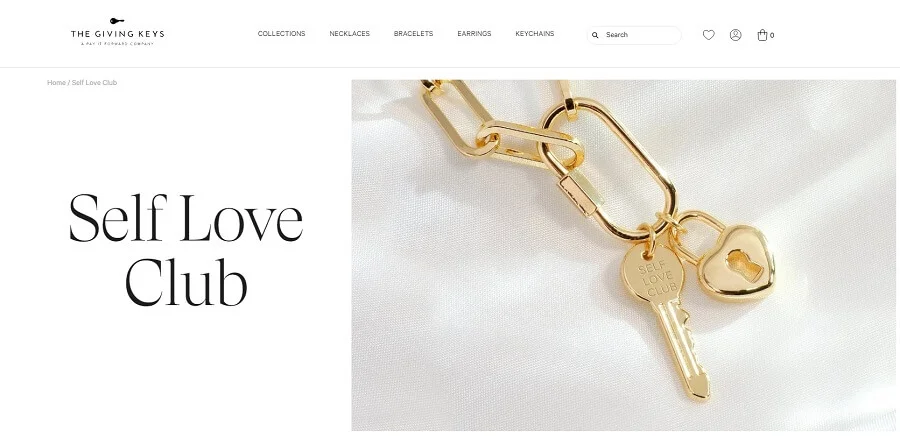
A coffee chain Starbucks sees conscious consumption as one of its core values. That is why the company organizes events aimed at creating green spaces and promotes the idea of being eco-friendly.
How to create a content strategy: a step-by-step plan
After you have determined the values and mission of the brand and understood who your target audience and the core audience is, it is time to develop a content strategy.
Developing a Unique Selling Proposition
To simplify the work on the UPS you can refer to the term “longline” that is used in filmmaking.
A longline is a concise but intriguing description of the movie.
Imagine that you need to write a longline for a brand. What is it going to be?
UPS should be aimed at your core audience but avoid generalizing the message. Essentially, UPS should represent the DNA of the brand.
Development of a content plan
Formats aimed at education, entertainment, storytelling, and social proofs (cases) have proved effective on social media.
You do not have to use all of them in one go. Introduce different columns (5-7) to your blog. Each column will address the requests from various segments of your audience.
UGC stands for content that users generate themselves — it is a crucial part of working on your content plan. Introduce a rule you repost all the mentions and add a particular hashtag that is easy to mention.
Work with ambassadors
When a brand understands the message that it wants to deliver, it is easier to find bloggers, experts, and influencers, that can present company values through their own vision.
For example, Lewis Hamilton, a Formula-1 racing driver, appeared in an advertising video by Mercedes (it is a team he represents).
No doubts that such advertising looks very native.






